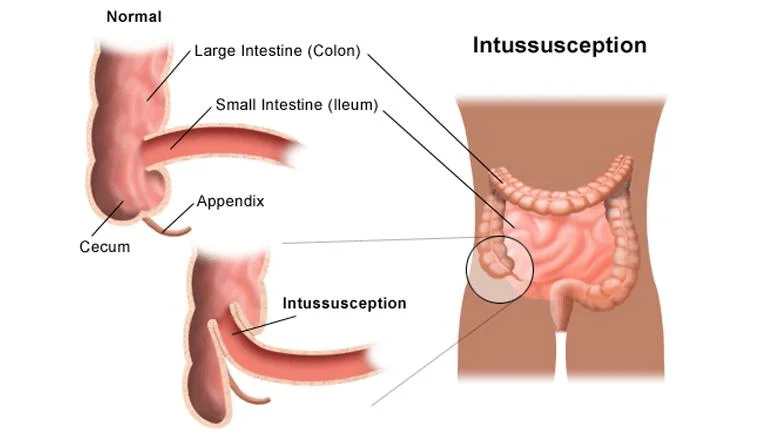What is intussusception?
/Intussusception is a serious condition that occurs as a result of part of the intestine sliding into an adjacent part of the intestine. When this happens, the intestine becomes blocked and food and fluids are unable to pass through. Intussusception also causes the intestine that the condition is affecting to be cut off from its normal blood supply. This condition can result in a tear in the bowel (also known as perforation). It can also result in an infection and death of bowel tissue.
Intussusception is most common among young children. In fact, the condition is the most common causes of intestinal obstruction in children younger than three years old. In adults, the condition is rare. When adults develop intussusception, it is usually a result of having an underlying medical condition, such as a tumor or appendicitis. In children, it is unclear what causes most cases of the condition. It is estimated that about one to four in every 1,000 babies have intussusception.
In children or infants, the initial sign of intussusception is usually a sudden, loud crying that is caused by abdominal pain. The pain associated with intussusception may be on and off. It usually starts and stops every 15 to 20 minutes in the beginning. However, these pains usually last for longer periods of time and occur more frequently over time. Other common signs and symptoms of intussusception may include having stool that appears to be mixed with blood and mucus, vomiting, a lump in the abdomen, and being lethargic. Signs and symptoms of intussusception that are less common may include diarrhea, fever, and constipation. In some cases of intussusception, some children may not experience any significant pain. They may also not have a lump in the abdomen or pass blood. And in some older children, they may experience pain as the only symptom.
Intussusception in adults is not common. For this reason, there are no specific signs or symptoms for intussusception in adults. Signs and symptoms for intussusception can be difficult to identify. The most common symptom of intussusception in adults is abdominal pain. Other common signs and symptoms include nausea, vomiting, and diarrhea. Many adults with intussusception may not experience any symptoms at all.
Treatment for intussusception may include an air or liquid enema to clear the blockage, surgery (in more serious cases or when a tumor is blocking the intestine), or IV fluids which are used to prevent dehydration.

